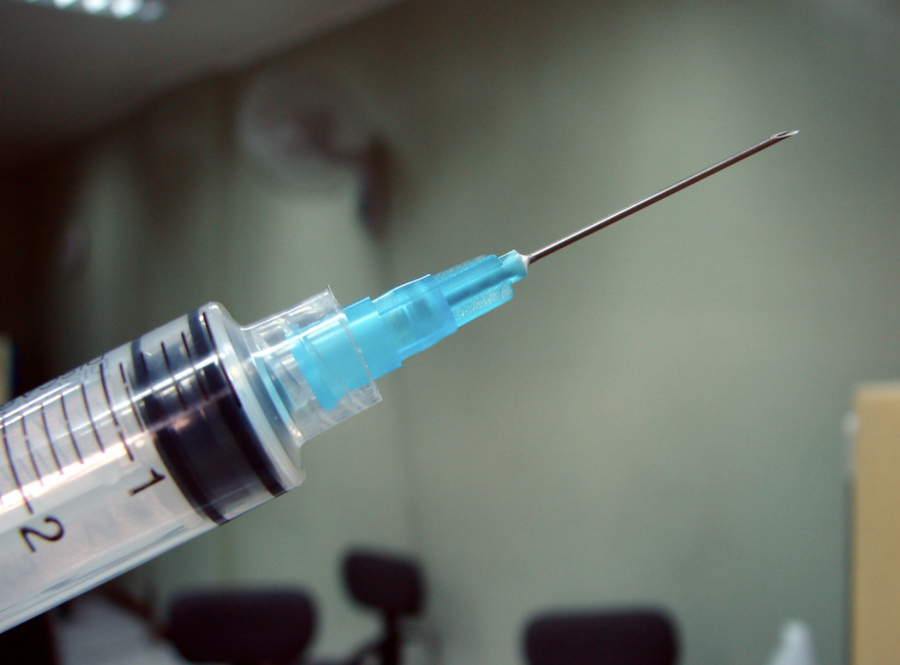The pandemic, which has resulted in over 55 million infections and 1.3 million deaths worldwide, has started to result in major fatigue, demonstrated by daily case counts across the U.S. touching 200,000. About a week after Pfizer released early coronavirus vaccine data, Moderna — a biotechnology company based in Massachusetts — released its early results. The data shows the vaccine is more than 94% effective.
The phase three trial conducted by Moderna included 30,000 participants. Half of the group was given a placebo, which was a shot of salt water, or saline, that had no therapeutic effect on the body. The other half was given the vaccine candidate.
Out of the 15,000 people given the placebo, 90 of them developed COVID-19, with 11 of the 90 having to deal with severe forms of the disease. On the other hand, only five of the treatment group developed COVID-19, with none of them having a severe form of the disease.
“This is a pivotal moment in the development of our COVID-19 vaccine candidate. Since early January, we have chased this virus with the intent to protect as many people around the world as possible. All along, we have known that each day matters,” said Stéphane Bancel, the chief executive officer of Moderna.
Based on these interim safety and efficacy data, Moderna intends to submit for an Emergency Use Authorization with the U.S. Food and Drug Administration in the next few weeks. The company anticipates having the EUA informed by the final safety and efficacy data, according to the press release.
“We look forward to the next milestones of submitting for an EUA in the U.S., and regulatory filings in countries around the world, while we continue to collect data on the safety and efficacy of the vaccine in the COVE study. We remain committed to and focused on doing our part to help end the COVID-19 pandemic,” Bancel added.
By the end of this year, Moderna expects to have approximately 20 million doses of the vaccine ready to ship in the U.S. The biotechnology company also remains on track to manufacture 500 million to 1 billion doses globally in 2021.
Similar in some regards to Pfizer’s vaccine candidate, Moderna’s is also made from a genetic material called messenger RNA — referred to as mRNA — which is injected into muscle cells, which treat it as a recipe for building proteins.
RELATED: Pfizer releases early coronavirus vaccine data: ‘Great day for science and humanity,’ CEO says
The proteins then stimulate the immune system and result in long-lasting protection against the virus through the production of antibodies. The wide-scale distribution of Moderna’s vaccine will be somewhat of a logistical challenge, similar to Pfizer’s. Because it is made with mRNA, the doses will need to be kept at very cold temperatures.
Fortunately for Moderna, its vaccine candidate has to be stored at -4 degrees Fahrenheit compared to a whopping -94 degrees Fahrenheit for Pfizer’s candidate. Although both vaccines are made from mRNA, their temperature requirements differ because they use different formulations of fat to encase and protect the mRNA, Ray Jordan, a Moderna spokesman, said.
While Moderna has acknowledged the fact that its vaccine candidate has the upper-leg over Pfizer’s when it comes to temperature storage, it remains unclear where people will receive the shots and what role the federal government will play in the distribution. Adding to the challenge, people will need to return weeks later for a second dose to develop full immunity against the novel coronavirus.
Follow Amit Syal on Twitter









